White Muscle Disease In Horses
White muscle disease in horses. White muscle disease of foals Nutrition. Selenium deficiency results in reduced serum selenium increased AST activity white muscle disease and perhaps rhabdomyolysis in working horses. The condition is characterized by the way it affects the skeletal or cardiac system resulting in mobility issues and pneumonia -like symptoms.
Selenium and vitamin E appear to be synergistic in preventing NMD. On necropsy muscles are pale with areas of necrosis and edema evidenced as white streaks. Horses may also develop a more chronic delayed form of the disease called Neuroaxonal Dystrophy NAD or Equine Degenerative Myeloencephalopathy EDM.
Also known as SeleniumVitamin E deficiency or nutritional muscular dystrophy it is caused by a low level of SeleniumVitamin E. Young fast growing animals nursing from dams fed a diet low in selenium and vitamin E are commonly affected. The disease is manifested by the abortion in the mare sudden fever intermittent serous nasal discharge congestion of the nasal mucosa and conjunctiva loss of appetite coughing enlargement of submaxillary lymph nodes and in some cases diarrhea after constipation.
Animals reside certain horses are at a greater risk of developing white muscle disease. Our long-term research goals are to develop genetic tests for equine muscle diseases including PSSM2 RER dystrophic and non-dystrophic myotonia and some forms of malignant hyperthermia that allow horse owners veterinarians and breeders to. Selenium deficiency has also been implicated in masseter muscle myopathy and occasionally nonexertional rhabdomyolysis in adult horses.
EDM is a more severe form of NAD. Additionally the muscles of affected animals take on a white chalky appearance. Muscle disorders in horses present with a variety of clinical signs ranging from muscle stiffness and pain to muscle atrophy weakness exercise intolerance and muscle fasciculations.
Clinical signs in foals include dyspnea. This disease is found mostly in young fast growing horses cattle or sheep and is mostly due to low levels of selenium in the mothers body during gestation. White muscle disease WMD is a peracute to subacute nutritional myopathy affecting both skeletal and cardiac muscles and is caused primarily by Se deficiency and to a lesser extend Vit E deficiency 1 2.
Nutritional myopathy Selenium deficiency plus as yet unknown factors failure to protect muscle cell membranes from peroxidative damage. White muscle disease is a degenerative disease that can occur in various large animals including sheep cattle and goats.
A case of white muscle disease in an adult horse.
Also known as SeleniumVitamin E deficiency or nutritional muscular dystrophy it is caused by a low level of SeleniumVitamin E. White muscle disease WMD is a peracute to subacute nutritional myopathy affecting both skeletal and cardiac muscles and is caused primarily by Se deficiency and to a lesser extend Vit E deficiency 1 2. 599550 PubMed - indexed for MEDLINE Publication Types. Selenium deficiency results in reduced serum selenium increased AST activity white muscle disease and perhaps rhabdomyolysis in working horses. A case of white muscle disease in an adult horse. It is caused by lack of selenium and vitamin E in the diet often associated with living in a selenium deficient area. Foals depend on their dams for dietary selenium. The disease is manifested by the abortion in the mare sudden fever intermittent serous nasal discharge congestion of the nasal mucosa and conjunctiva loss of appetite coughing enlargement of submaxillary lymph nodes and in some cases diarrhea after constipation. The disease is the sporadic occurrence of paralysis of horses of all ages and respiratory diseases.
A case of white muscle disease in an adult horse. Muscle disorders in horses present with a variety of clinical signs ranging from muscle stiffness and pain to muscle atrophy weakness exercise intolerance and muscle fasciculations. Our long-term research goals are to develop genetic tests for equine muscle diseases including PSSM2 RER dystrophic and non-dystrophic myotonia and some forms of malignant hyperthermia that allow horse owners veterinarians and breeders to. The medical term for tying-up is rhabdomyolysis that refers to physical damage and destruction of. The condition is characterized by the way it affects the skeletal or cardiac system resulting in mobility issues and pneumonia -like symptoms. And sudden death in those with myocardial involvement. Clinical signs of muscle disease.

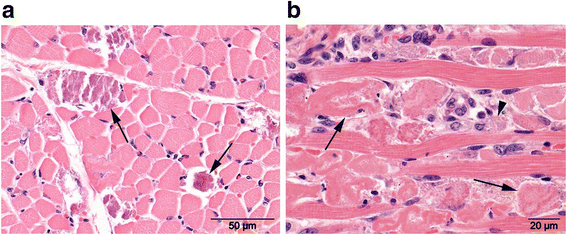
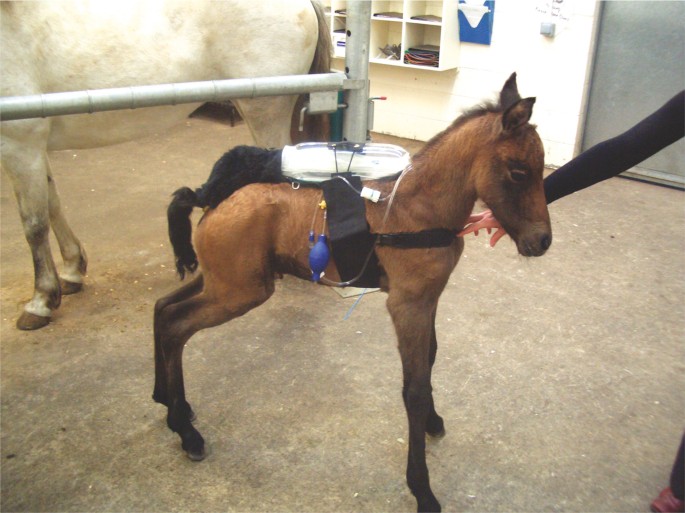


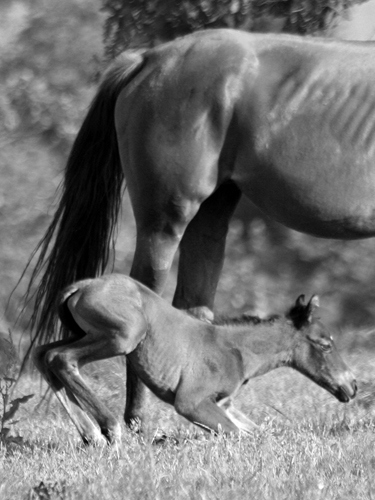





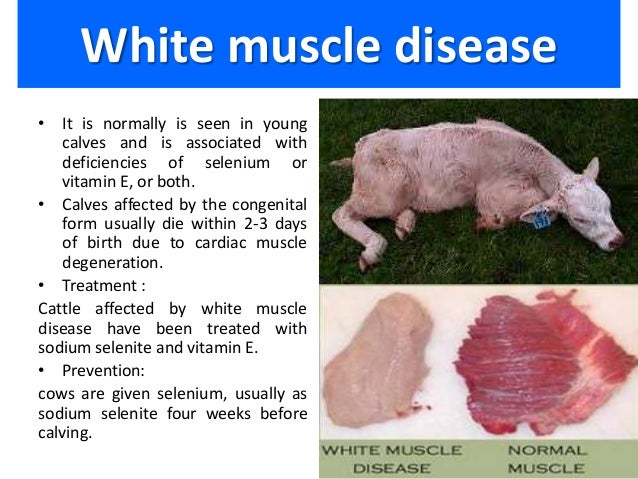



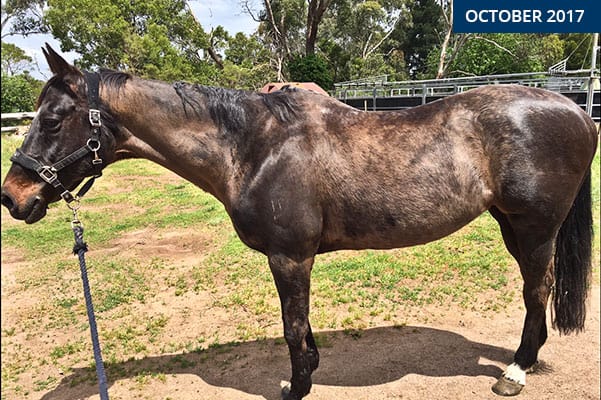








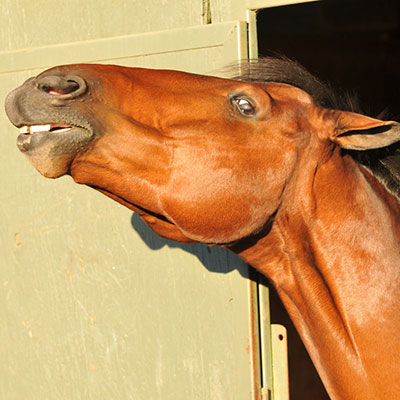

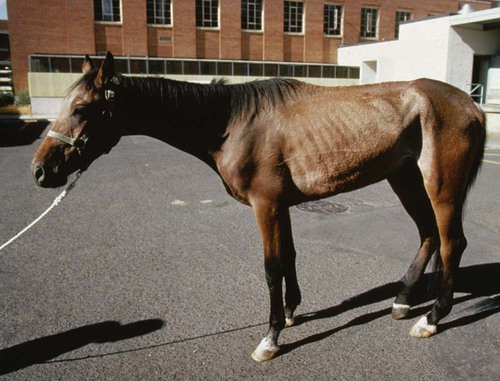
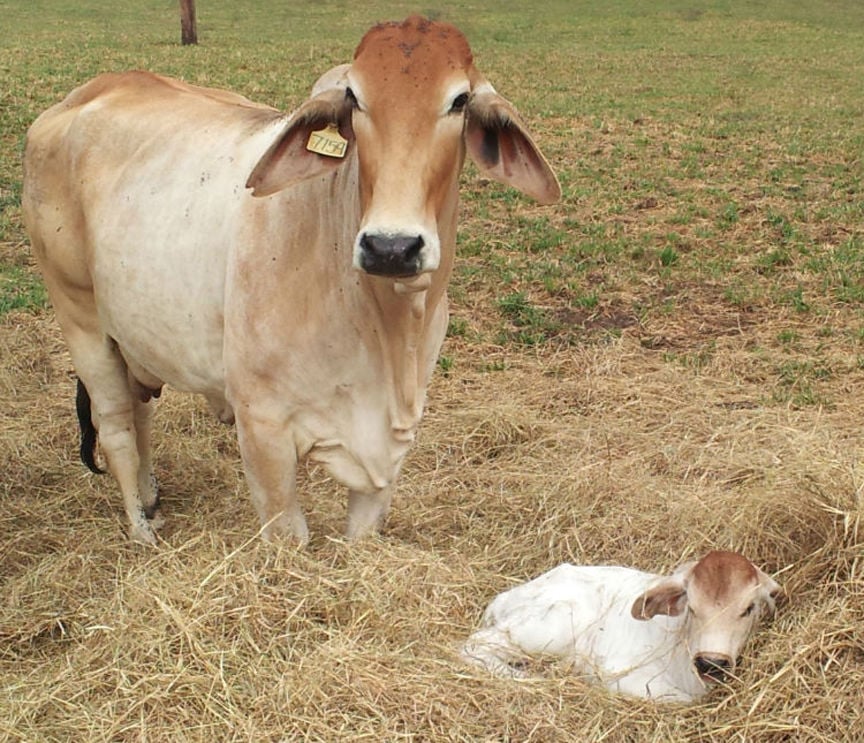
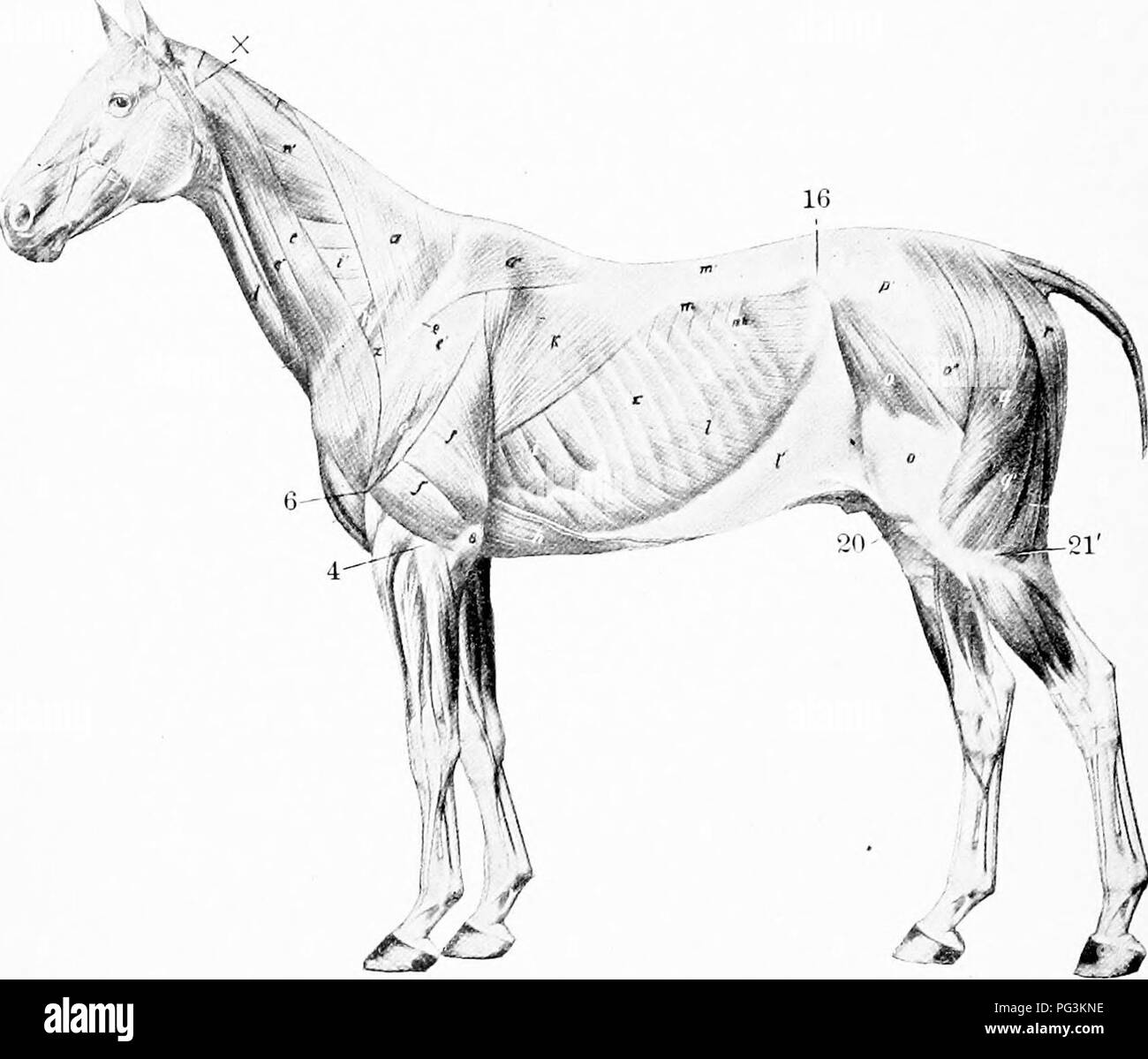

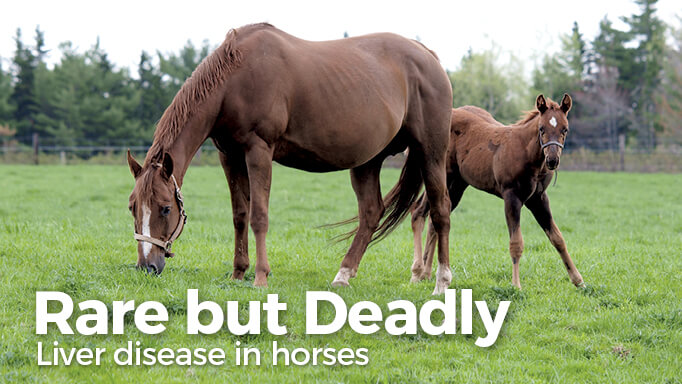
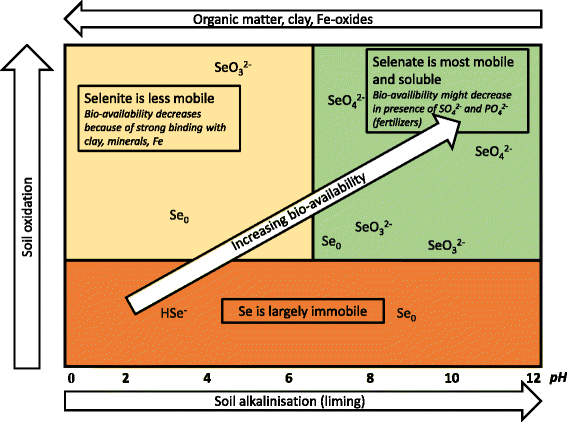
Post a Comment for "White Muscle Disease In Horses"